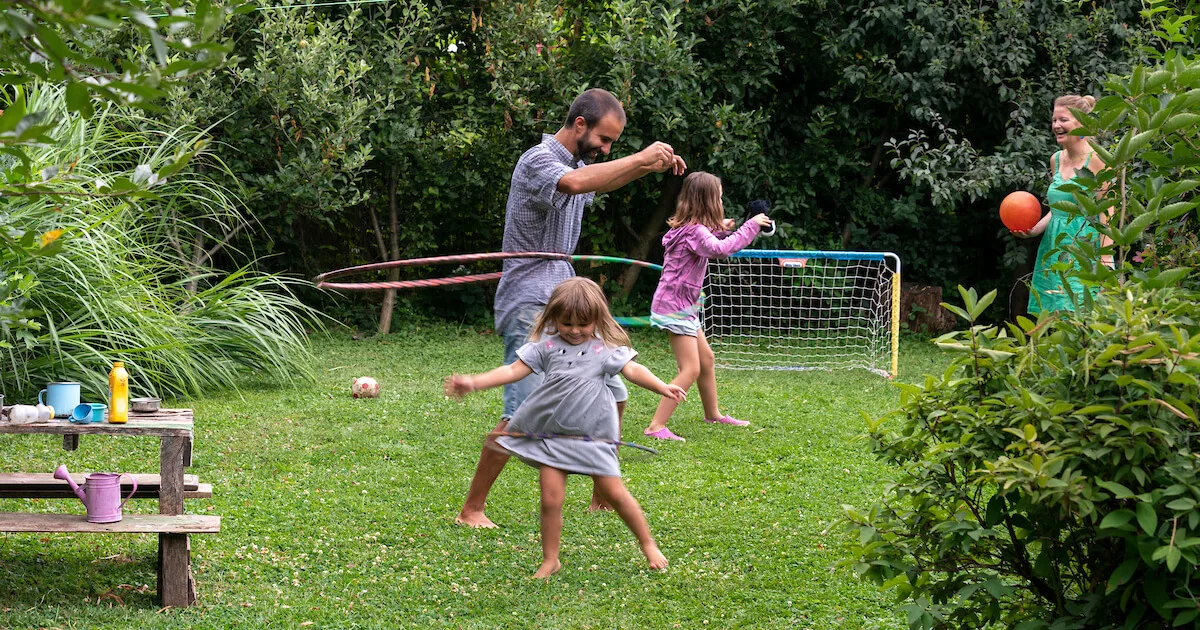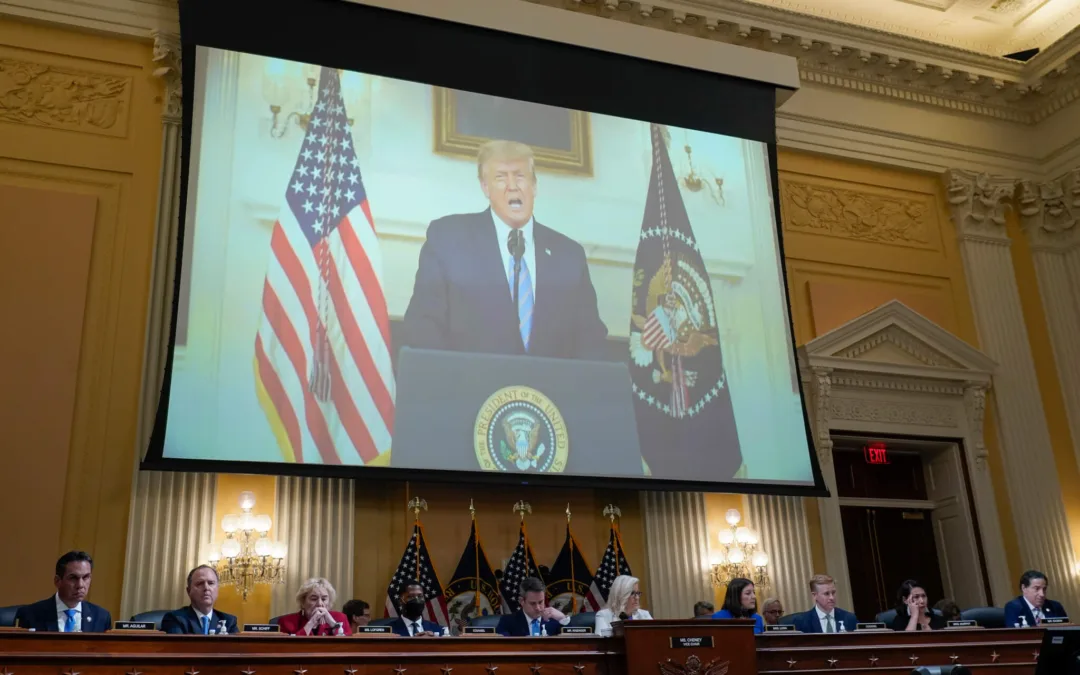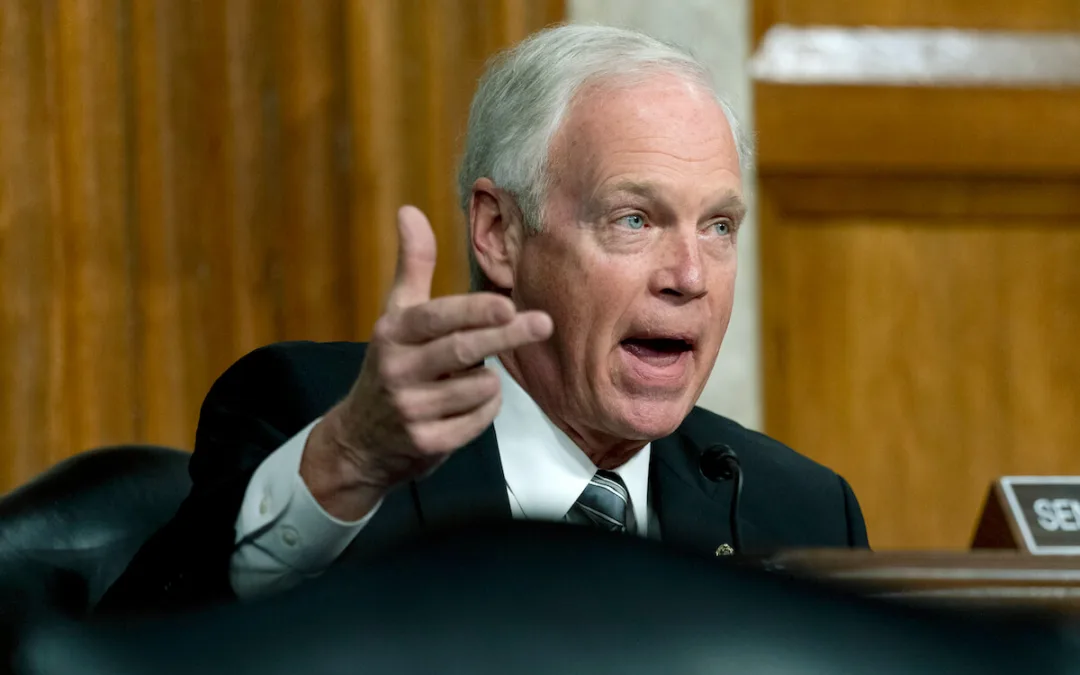
#image_title
#image_title
Lack of GOP help, COVID capacity limits, pervasively low pay, and lack of benefits threaten a key component of any economic recovery.
Paula Drew graduated from UW-Madison in 2005 with a bachelor’s degree in human ecology. She worked with kindergarteners during a high school apprenticeship and felt she had a knack for working with young children.
Plus she found it critical work to help shape young minds as they are literally snapping into action.
Ninety-five percent of a person’s brain synapses develop between the ages of zero and 5. This process creates a super highway, of sorts, connecting brain cells that allow for split-second processing of what a person sees, hears, and touches. The system then spits that information back out and tells the body how to react.
A hand pulling away from a hot stove top is an example of a properly developed brain synapses.
“It would save society money to invest in the zero to 5-year-old population,” Drew said. “A child’s development during this period sets in motion the rest of a person’s life, including their propensity to develop high blood pressure and the type of employee they will be later in life.”
Yet after working for eight years at Creative Learning Preschool located a few blocks from the Capitol in Madison, she could not afford to stay.
She was earning $13.50 an hour.
“There is a wage penalty for getting a degree in early childhood education,” said Drew, now the co-director of the Wisconsin Early Education Shared Services Network. “It is the lowest earning of all degrees. You get really skilled, inspired people in the field and after a few years they leave.”
Stack the low wages up with the fact only 15 percent of early childhood educators have employer-sponsored health insurance — the national average is 50 percent — and over half rely on at least one type of public assistance.
This results in 14.7 percent of this professional workforce living below the poverty line. The annual turnover rate in Wisconsin for early childhood educators is 36 percent, according to the Wisconsin Early Childhood Association.
Drew said the early childhood education profession finally started receiving the attention it deserves when everyone from employers to politicians realized during the COVID-19 pandemic that the economy could not “efficiently reopen without a solid amount of care for children.”
Former Vice President Joe Biden, the presumptive Democratic presidential nominee, classifies the current situation as a “child-care emergency.” To address it, he released his Caregivers Plan in July. It calls for spending $775 billion investment over the next 10 years on early childhood education and elder care.
The Coronavirus Aid, Relief and Economic Security (CARES) Act included federal funds for child care centers, and the currently-stalled congressional negotiations about a new relief package had billions being discussed for a second round of assistance for child care centers.
“There is a small list receiving funds through the HEROES Act, and we are on it,” Drew told UpNorthNews Friday in reference to the Democrats’ Health and Economic Recovery Omnibus Emergency Solutions Act which passed the House of Representatives in May and is at the center of the current standoff with Senate Republicans and the Trump administration.
Attempting to bypass any effort at compromise, President Donald Trump last weekend announced a series of legally questionable executive orders. None of them include money for early childhood education.
When Drew first heard the latest developments she said it was “demoralizing.”
“The alarm bells have been sounding for months,” Drew said Sunday. “Congress must come to an agreement that includes an immediate and significant bailout for child care. If they don’t, this sector is set to crumble and the larger economy will suffer long-term consequences. From my vantage point, most places will not make it into the fall.”
SCARCITY OF CENTERS
Talk to any first-time parents. They all know the drill.
“We were looking for quality care in Milwaukee for probably a year,” said Will Dockry. “As soon as we knew she was pregnant we started looking.”
His wife, Nell Benton Dockry, said every place had a waiting list, some a year long.
They did not find an opening for their daughter, Ella, until she was 9 months old. They paid $56 a day for her to attend St. Ann’s Intergenerational Center in downtown Milwaukee. They said the care was great, but it was 25 blocks from their home.

By the time Ella was 15 months, a spot opened three blocks from their house at Grandma’s House in Highlands. It was more expensive, costing $72 a day, but they made the switch.
Soon Ella had a little brother, James. When he was 5 months old he joined his sister at Grandma’s House. Both went three days per week, costing the couple roughly $1,700 a month.
“It’s expensive having two kids in child care,” Dockry said. “And because both were under 2, we didn’t get a break on the cost.”
Last year, when Ella was 17 months and just before James was born, Benton Dockry sold both her Milwaukee restaurants.
“There is no way to own restaurants, manage them, and have a family,” she said. “You are constantly on call. You are constantly working. It was impossible.”
She has pivoted to other interests and is now investing and managing properties in the Milwaukee area and writing her second cookbook.
Like Will and Nell, Maria and Matt Doegler also began looking for child care as soon as they found out they were having a baby.
“As soon as I knew I was pregnant I started looking for child care centers,” said Maria Doegler, who lives in Marshall with her husband.

There is only one child care center in Marshall. Both are employed as registered nurses in Madison, so Maria started compiling a list of centers closer to their employers. She scoured child care center reviews and joined two Facebook groups for moms, hoping to get suggestions.
Their baby boy, Croix, is due at the end of September. They have given up on finding a child care center and are instead hoping she can drop down to four days a week at the pediatric clinic where she works.
Matt, who works three 12-hour shifts per week, will be home with Croix several days a week while Maria works normal business hours at a clinic. Maria said her mother-in-law will help out, too.
“It’s been awful,” Maria Doegler said. “Pretty much everything is closed because of COVID.”
A study conducted by the Wisconsin Policy Forum shows what Maria experienced: Child care centers across the state suffered severe disruption in the early weeks of the pandemic.
By mid-May, nearly 4 out of every 10 of the state’s 4,500 child care centers had closed, according to the report. Also that month, 19 of Wisconsin’s 72 counties had closure rates of 50 percent or higher, including Portage, Adams, Marquette, Calumet, Fond du Lac, Sheboygan, Ozaukee, Waukesha, and Walworth counties.
In the state’s poorest county, Menominee, all three of its providers were closed. In Milwaukee County, 31 percent of its 1,287 child care providers reported they were closed because of the virus.
Wisconsin received roughly $53 million earmarked for hazard pay and program operating costs for child care centers in April through the CARES Act. To be eligible for the funds, centers had to reopen or remain open. Some did, only to learn what they already knew, Drew said.
“People started getting sick and the money is running out because they can’t operate at 25 to 50 percent capacity,” said Drew in reference to the state guidelines for child care occupancy rates during the pandemic. “They are operating on such razor-thin margins that they have to be at 85 percent capacity to make the economics work.”
The COVID-related closures will make finding affordable child care harder to find,” said Betsy Mueller, the author of the Wisconsin Policy Forum report.
“With kids back in school some days but virtual others, it is a strain on parents and providers,” she said.
Drew’s family is feeling that strain.
Her husband, Dan Liberatore, has a master’s degree in special education. He was teaching in the Madison Metropolitan School District until the pandemic prompted the state to switch to virtual learning in mid-March. Since then he has been home with the couple’s two children, Juniper, 10, and Pearl, who just turned 4. Drew said he will be home with them this year, too.

LOW-PAID WORKFORCE, HIGH COST TO PARENTS
Prior to the pandemic, it was costing Drew and Liberatore $1,355 per month to send their 4-year-old to an early childhood education center. Drew said they decided the high-quality program is worth the investment in their daughter’s development and sacrifices are made.
“We share a crappy car. There is no saving money right now. There is no contributing to a 401-K,” she said. “$1,355 a month is the money for all of those things.”
Drew and Liberatore have experienced both ends of the child care industry; low pay for workers and the high cost of care.
“I don’t see us being able to fix anything without addressing wages first,” Drew said.
In December, Will Dockry, an attorney employed by the Forest County Potawatomi Community and Army Reservist, received involuntary activation orders. Six months later, he and his family moved from Milwaukee to Fort Drum in New York for a year-long deployment.
For the second time in as many years they began the search for child care.
They immediately got Ella and James on a waitlist for the child care center on the military base. James has been accepted but Ella is still on the waitlist. She is attending an off-base center.
The military provides subsidized child care to all its active members. Even with the subsidy, the couple pays $1100 each month for their two children to attend child care five days a week. Dockry said the Army “does it right” by providing universal child care and universal health care, both of which are “100 percent necessary.”
“Government-provided assistance to solve the (child care) problem should definitely be the way we should go,” said Dockry, who emphasized his views are his own and not those of his employer or the Army. “A right-winger might say ‘Oh that’s socialism! We’re giving people child care!’ No, that’s part of the benefit you get with this job.”
Another election cycle might have passed with little attention being paid to the low wages of early childhood educators or the high cost of care. But because of the coronavirus pandemic, child care availability and affordability will be at the forefront of the presidential election.
Biden’s plan focuses on making 3- and 4-year-old pre-kindergarten free for all families. In Wisconsin, 4-K is free but it is only a half-day program, prompting many working parents to still pay for child care the remainder of the day. Biden also supports increasing the tax credit for families paying for child care from a $2,000 to $8,000 deduction. This would apply to all families earning less than $125,000 annually.
For families earning less than 1.5 percent of their median state income, Biden’s plan would cap the amount they spend on child care to 7 percent of their income. The Biden campaign estimates that the typical family qualifying for this would pay then be paying no more than $45 per week on child care.
Biden plans to address the low wages and lack of health insurance among the early childhood education workforce by establishing new federal pay standards, providing 12 weeks of paid leave, access to health insurance through the public market, and up to seven days paid leave.
In contrast, Trump’s 2020 budget proposal called for a record $4.75 trillion budget request the largest in federal history. It contained $1 billion to expand childcare access but the inclusion of $8.6 million for construction of a border wall with Mexico made it a non-starter with Congressional Democrats.
As stated earlier, the four executive orders passed by Trump over the weekend included no funding to help parents afford child care or keep the centers open during the pandemic.
“I’m a total cradle to graver,” Dockry said. “I think the government should be helping with child care. To me, it is equivalent to infracture. It’s how you get the truck from the dairy farm to pick up the milk and get it to market.”
Politics

Biden administration bans noncompete clauses for workers
The Federal Trade Commission (FTC) voted on Tuesday to ban noncompete agreements—those pesky clauses that employers often force their workers to...

Opinion: Trump, GOP fail January 6 truth test
In this op-ed, Milwaukee resident Terry Hansen reflects on the events that took place on January 6, the response from Trump and other GOP members,...
Local News

Readers Poll: Top Bowling Alleys in Wisconsin
Looking for the best bowling in Wisconsin? Look no further! Our readers have spoken in our recent poll, and we have the inside scoop on the top...

8 Wisconsin restaurants Top Chef judges are raving about
Top Chef’s 21st season is all about Wisconsin, and on-screen, it’s already apparent that the judges feel right at home here. But, while filming in...



